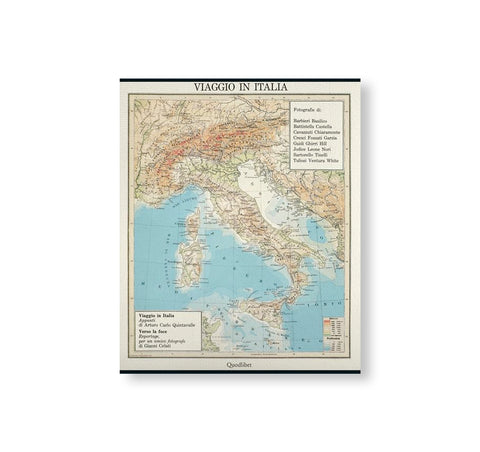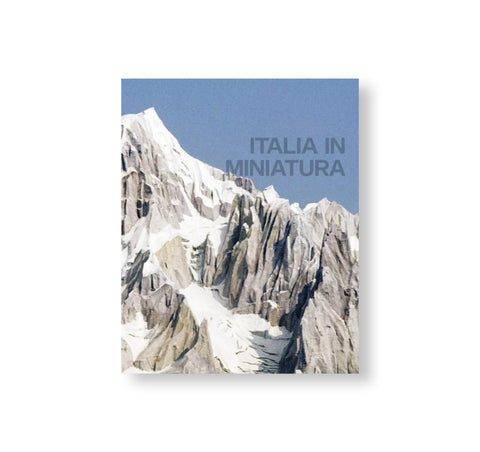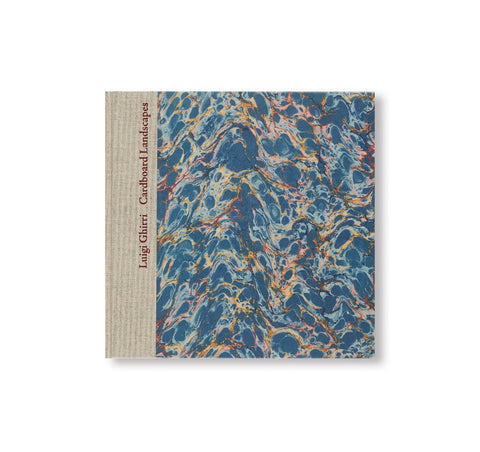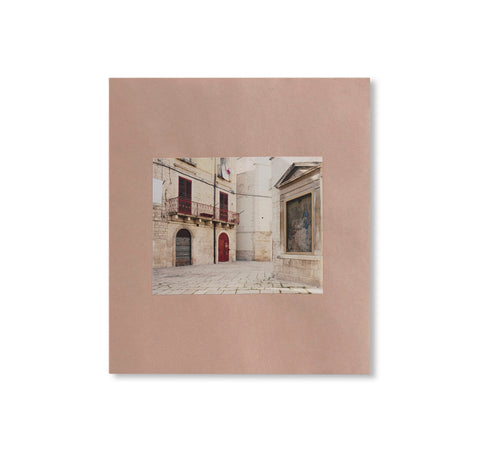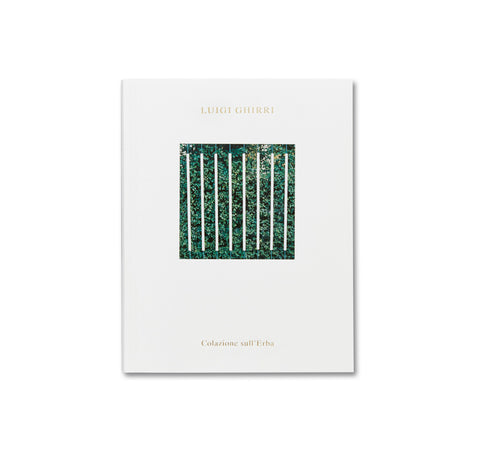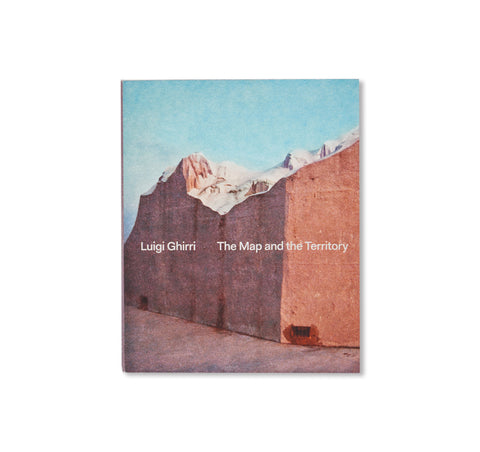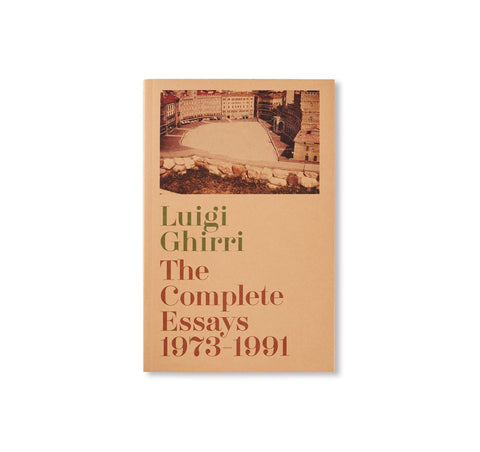LUIGI GHIRRI by Luigi Ghirri
イタリアのカラー写真界のパイオニアでもあるルイジ・ギッリ(Luigi Ghirri)の作品集。本書は、2017年にタカ・イシイギャラリー(東京)で開催されたルイジ・ギッリの個展「Works from the 1970s」に伴い刊行された。作者の制作活動の中で、最も重要な位置を占める70年代に撮影された作品を中心にまとめられている。コンセプチュアル・アートに通じる作品群は「写真」という概念 - 記録という行為の枠には留まらず、視覚芸術の可能性を広げた。本書は作者の表現する形而上学的な二元性 - 現実とイメージの関係性、外界と内なる世界、実態と表象などギッリの表現する世界を美しく引き立てている。ギッリの作品からは、視覚的な穏やかさや静けさを感じさせると同時に、写真の奥深くには全く別の世界が存在するような印象を受ける。
1950-60年代にかけ経済成長と文化的転換の中で青年期を過ごし、芸術への造詣を深めた作者は、当時最も盛んな芸術動向の一つであったコンセプチュアル・アートに通じ、単なる記録に留まらない写真イメージを求めたアーティストらとの共同作業から写真を始めた。職業的な写真スタジオへの所属や、アマチュアリスムに根を置く写真愛好とは異なる、ギッリの写真行為の端緒に関する実験的背景は、写真を通じて自身と外部世界との関係やそこに存在する複雑さ・不可解さに関心を寄せる姿勢を育み、既知と未知との狭間にいることを知る行為として、被写体に対する熟視という結果をもたらした。
主題のみならず、その発想においても特異な多様性を誇るギッリの写真群は、「眼差し」を軸とする複雑に連関した一連の弁証法的探究であると言える。ポスターや広告など公の場にあるイメージの分析から分類される「現実になるイメージ」と「イメージになる現実」、フレーミングによる世界の部分的抽出と消去が明らかにする現実の曖昧な境界、変化する風景の形態、あるいは人が見る際に生じる表象の投影によって、時には消え、また時にはたち現れる実体と想像といった、現実とイメージの関係性についての考察が、そこでは不断に、軽やかに、かつ密度をもって行なわれている。現実と見かけ(あるいは擬態)、実態と表象、在と不在、外界と内なる世界―こうした形而上の二元性をそれぞれ同じレベルで見つめ、その調和や多義性を探る作家の写真は、写真が世界のあるがままの複製ではなく「見られた」世界の断片の集合であり、全ての写真が眼差しの証明であることを示しており、その中にあってどのようにイメージを通して考えるかという無限の問いを私たちに投げかける。
青木淳によるテキストを収録。(英語、日本語)
EXHIBITION:
総合開館30周年記念 ルイジ・ギッリ 終わらない風景
会期:2025年7月3日(木) - 9月28日(日)
時間:10:00-18:00(木・金 -20:00)
休館日:毎週月曜日(月曜日が祝休日の場合は開館、翌平日休館)
開催場所:東京都写真美術館 2F 展示室
詳細
※本展は終了いたしました
TALK:
「総合開館30周年記念 ルイジ・ギッリ 終わらない風景」企画・構成 山田 裕理(東京都写真美術館学芸員)さんに聞く
「学芸員ってどんなお仕事?」
日程:2025年8月2日(金)
時間:19:30 - 21:00
参加費:無料
開催場所:book obscura / 同店YouTubeチャンネル
詳細
※本イベントは終了いたしました。アーカイブはこちらからご視聴いただけます。
※アーカイブは、展覧会終了日2025年9月28日(日)までの限定公開となります。
This catalogue accompanies Luigi Ghirri’s solo exhibition “Works from the 1970s” at Taka Ishii Gallery and is centered around photographs created during the 1970s, arguably Ghirri’s most important creative period. By redefining photography as a concept and as an act, Ghirri’s work has played an important role in expanding the possibilities of visual art. The photographs chosen for the catalogue, created and published by Taka Ishii Gallery and Case Publishing, capture and represent Ghirri’s views at the outer and inner world, the relationship between reality and metaphysical duality and the distance between reality and representation expressed in Ghirri’s works.
Ghirri spent his youth in the 1950s and 1960s, during a time of economic growth and cultural transition. He familiarized himself with art at this time, and through conceptual art, one of the most popular movements of the era, he began making photographs collaboratively with other artists pursuing photographic images that were not merely documentary recordings. Founded on experimentalism, Ghirri’s photographic practice is neither characterized by the professionalism of the studio photographer nor the amateurism of the photo fan. Through photography, he aimed to address the complexity and incomprehensibleness of the relation between the self and outside world. He trained his gaze at his subjects to acknowledge his positioning between the known and unknown.
The themes and concepts addressed in Ghirri’s works are exceptionally diverse, but his photographs constitute a series of dialectical explorations focused on “the gaze.” Through his practice, he ceaselessly, intensively, and gracefully explored the relation between reality and image. His photographs demonstrate that images, such as ads and posters in public spaces, can be analytically categorised into “images turned into reality” and “reality turned into images.” They also show that the partial extraction and erasure of the world through framing exposes the ambiguous boundaries of reality and the changing form of the landscape, and that images projected by the viewer both produce and erase the actual and fantastic. Ghirri’s photographs are products of a search for harmony and diversity carried out by examining metaphysical binaries, such as reality and appearance (or mimicry), actuality and representation, presence and absence, and inner and outer worlds, at the same level. They indicate that photographs are not faithful reproductions of the world, but rather an assemblage of fragments of the “seen” world. His works thus suggest that all photographs are testimonies of the gaze and pose an infinite number of questions about how we might think through the image.
Text by Jun Aoki (English and Japanese)
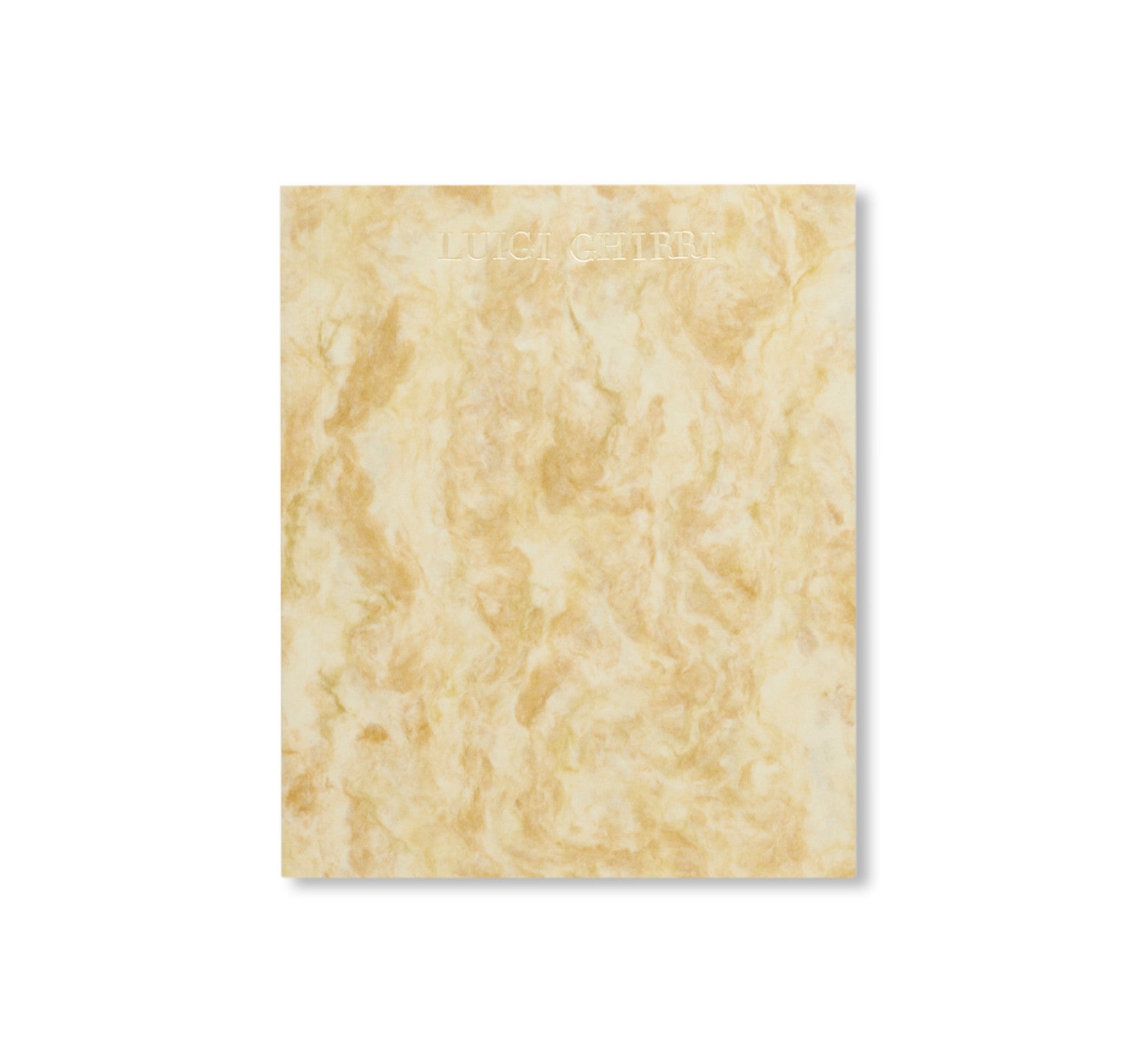
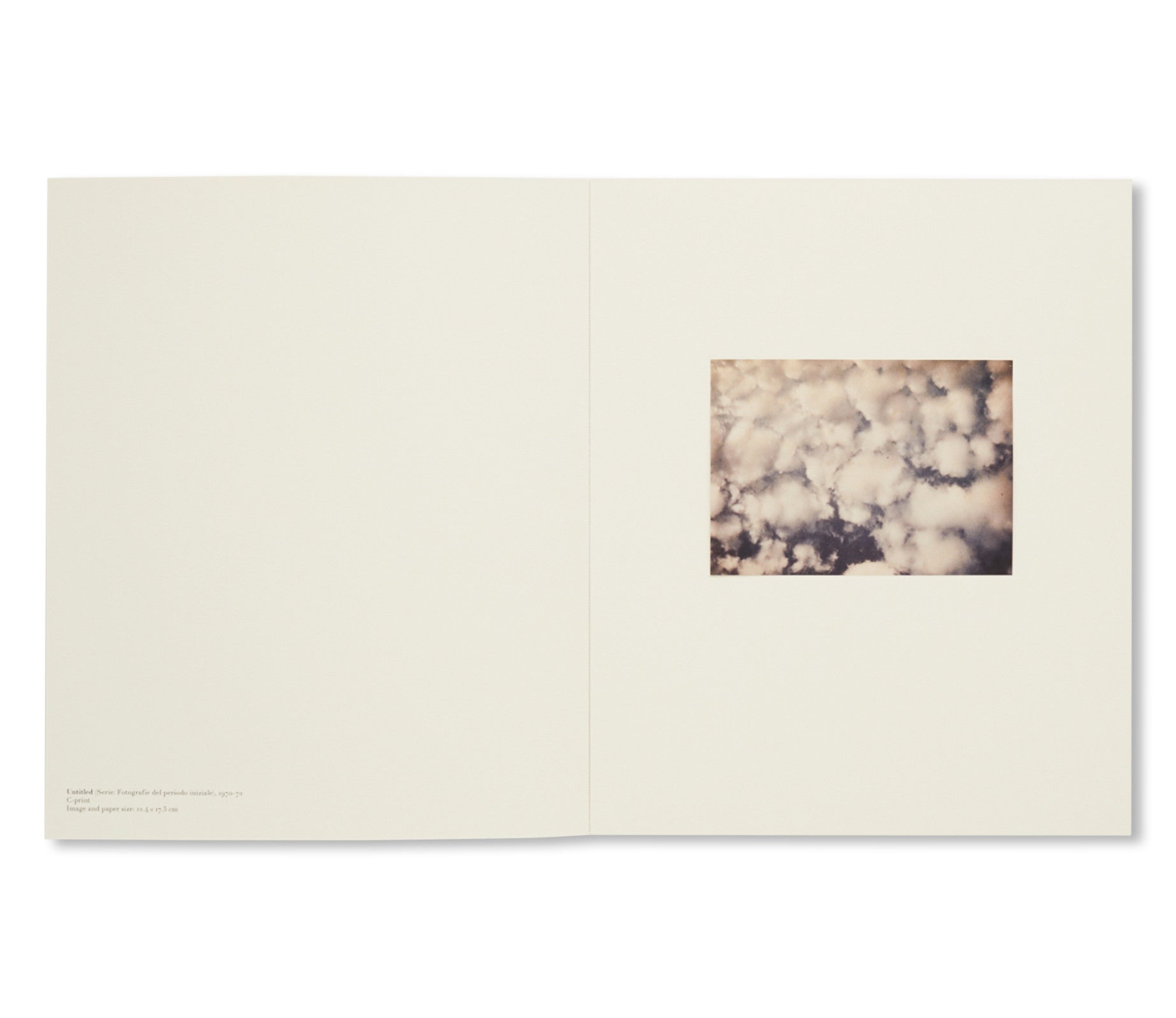
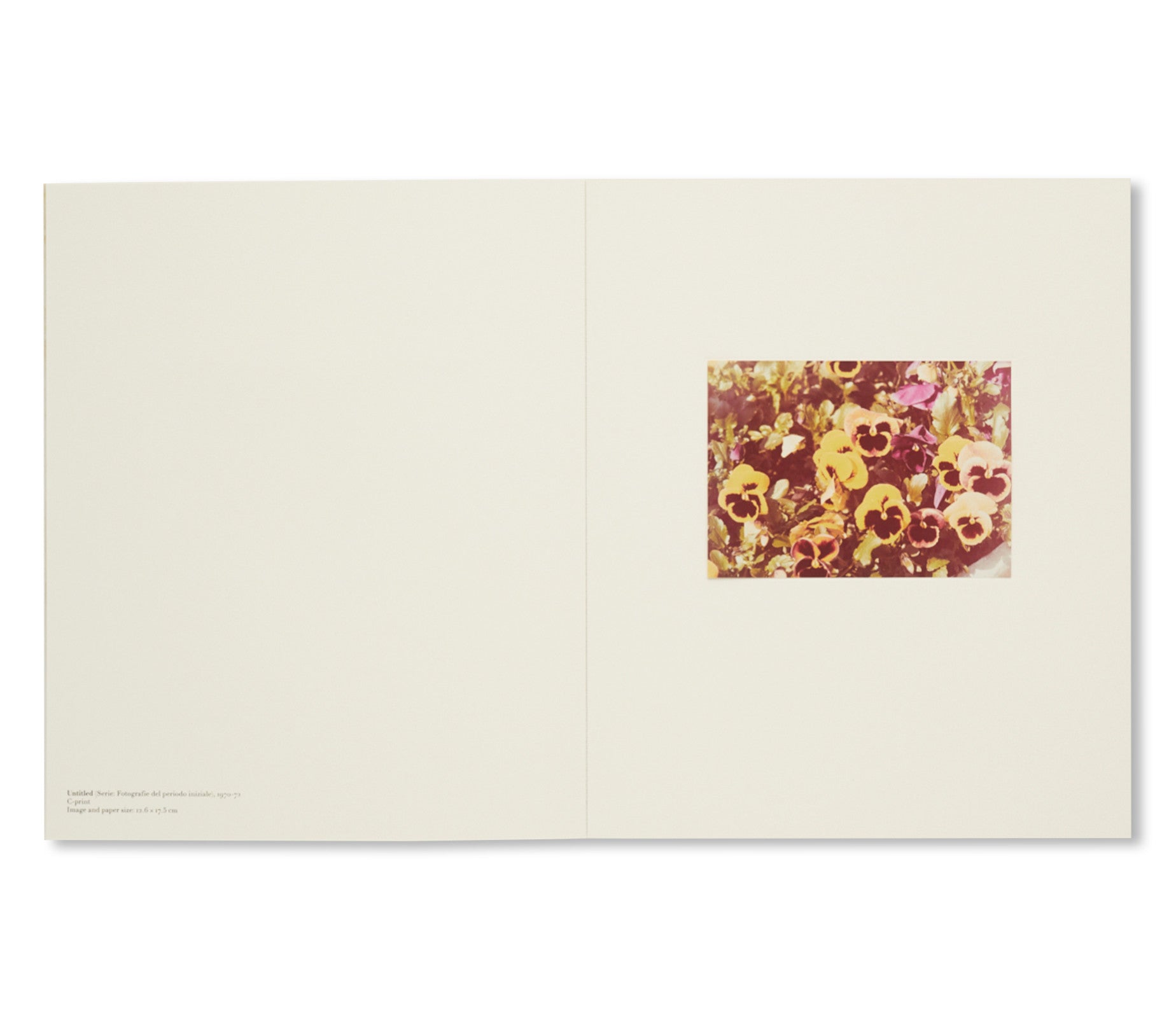
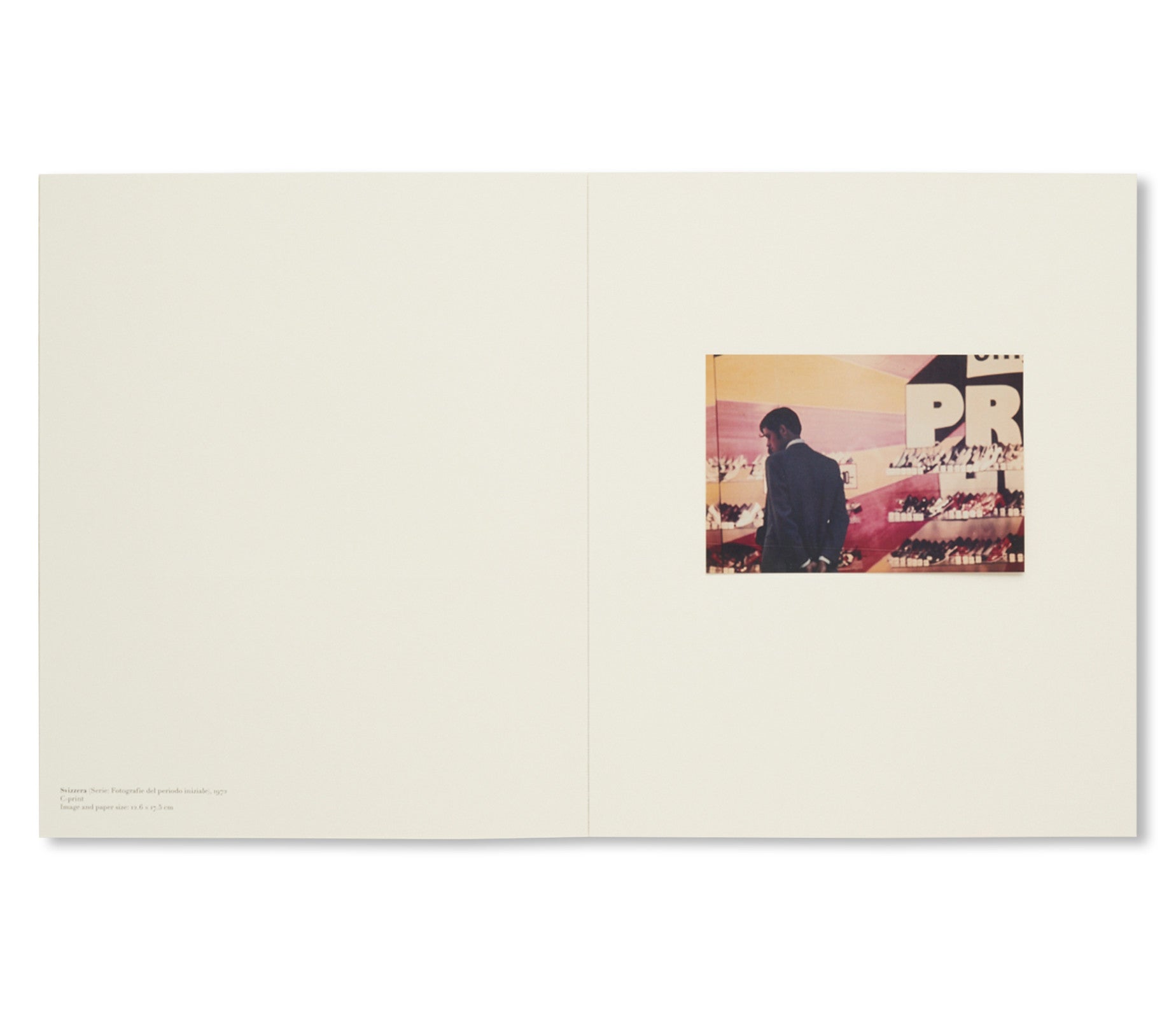
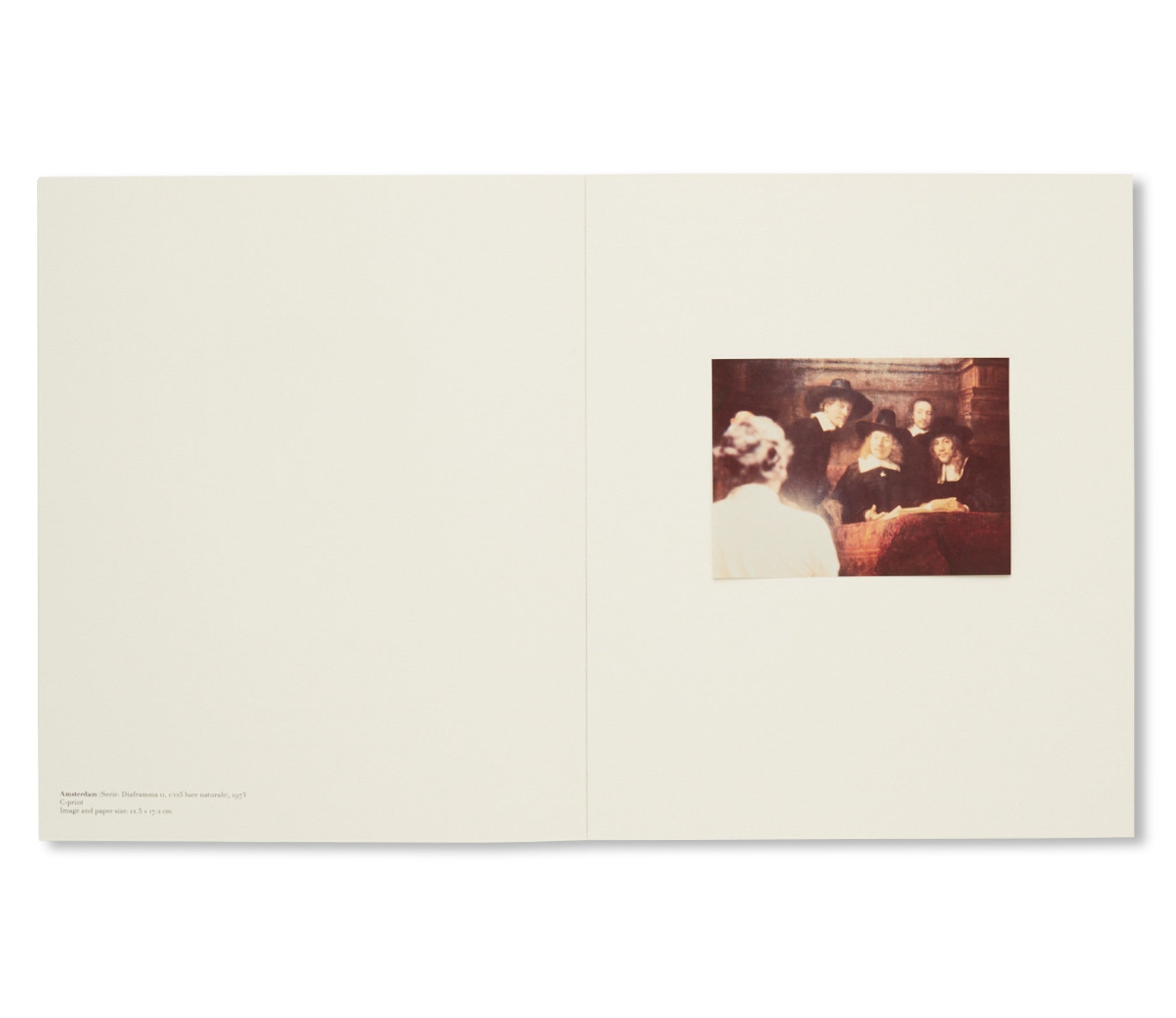
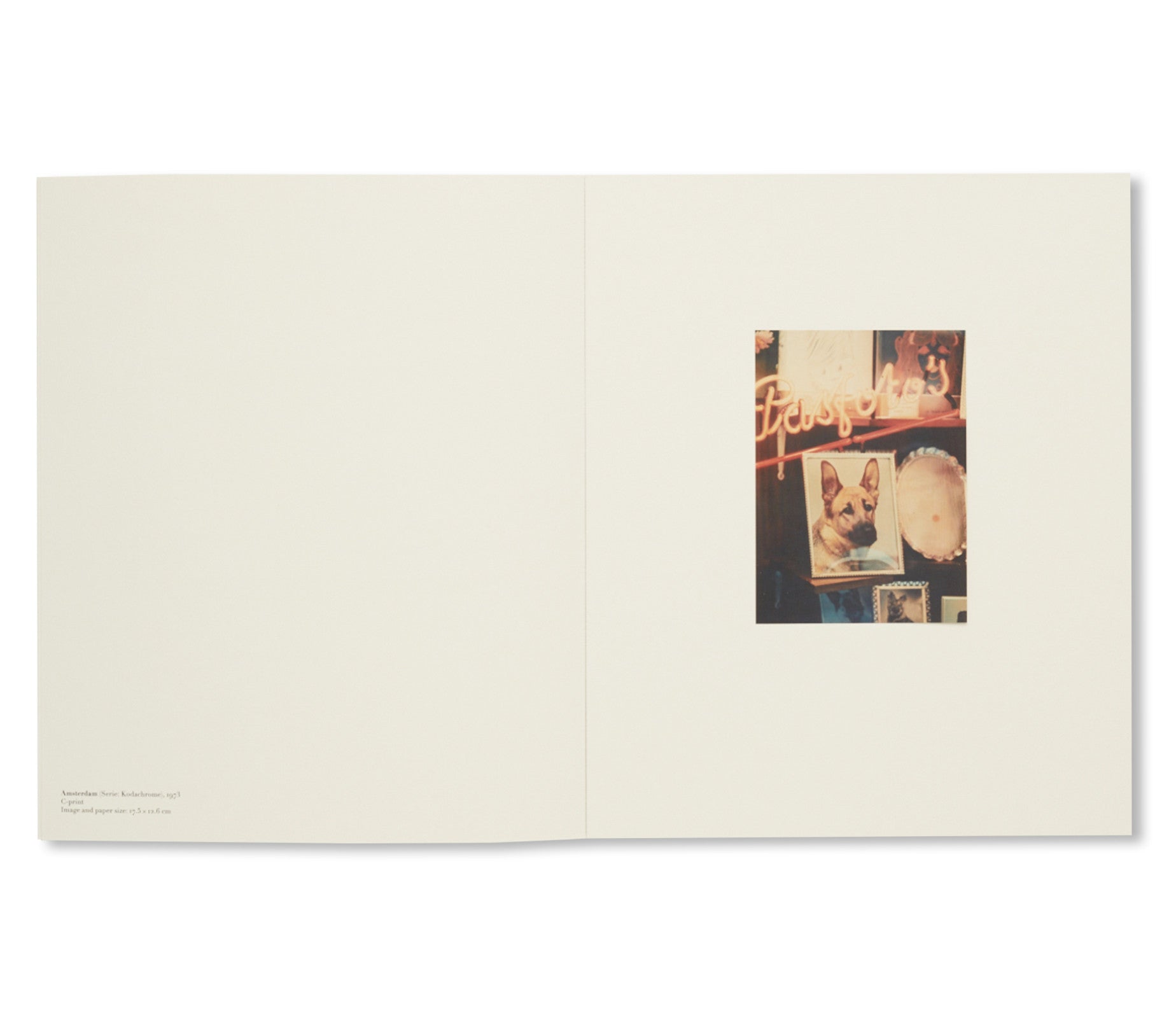
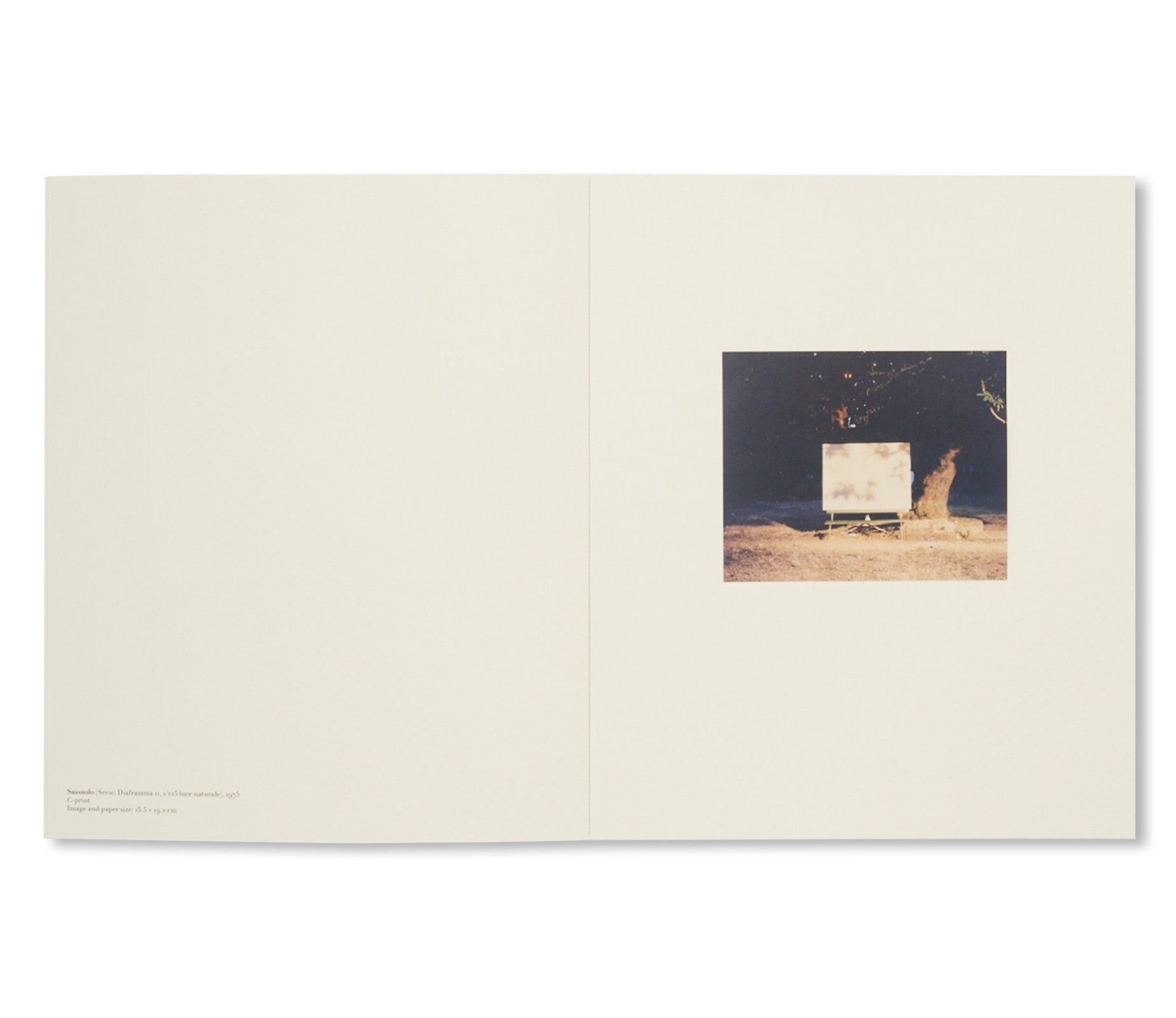
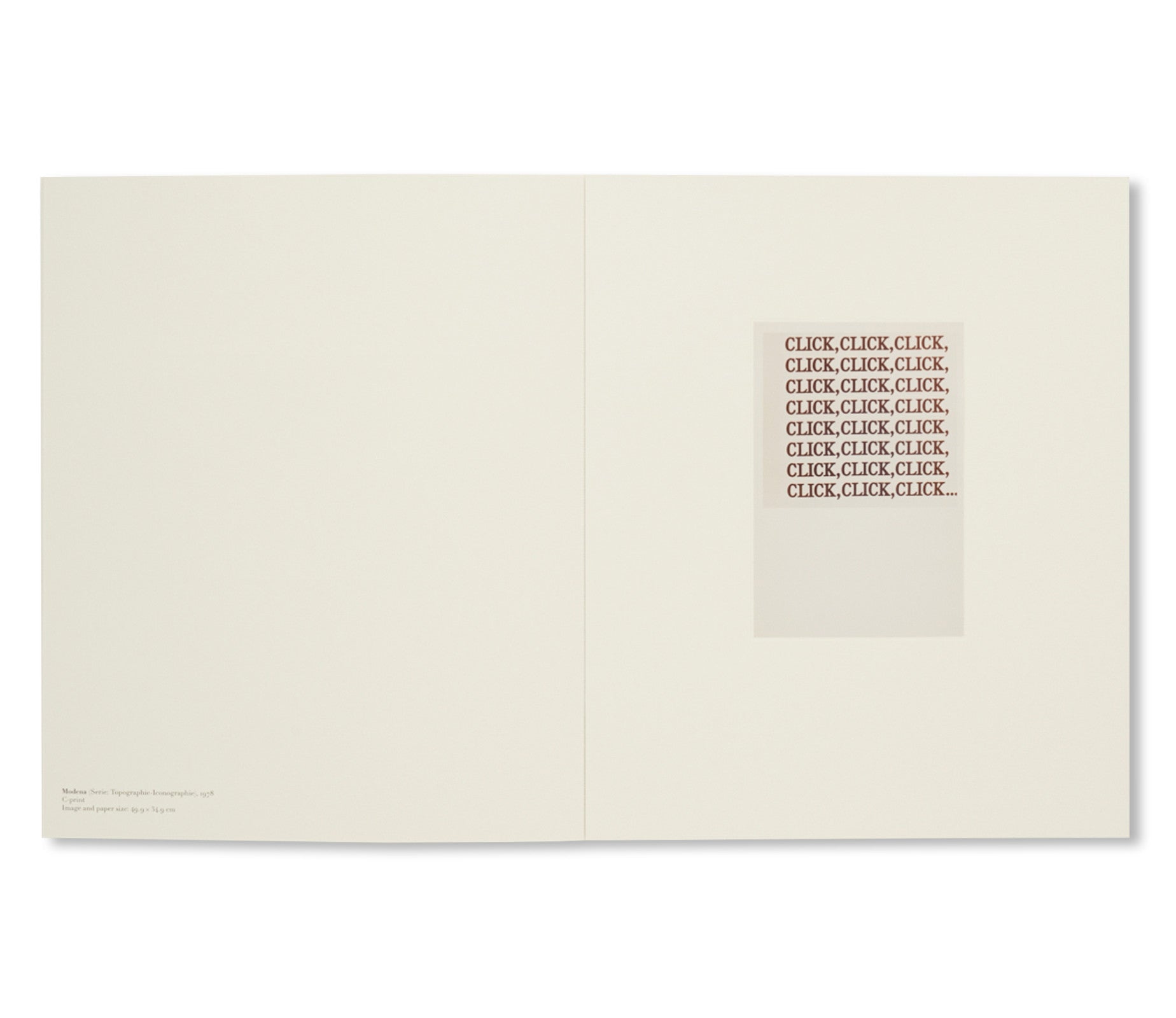
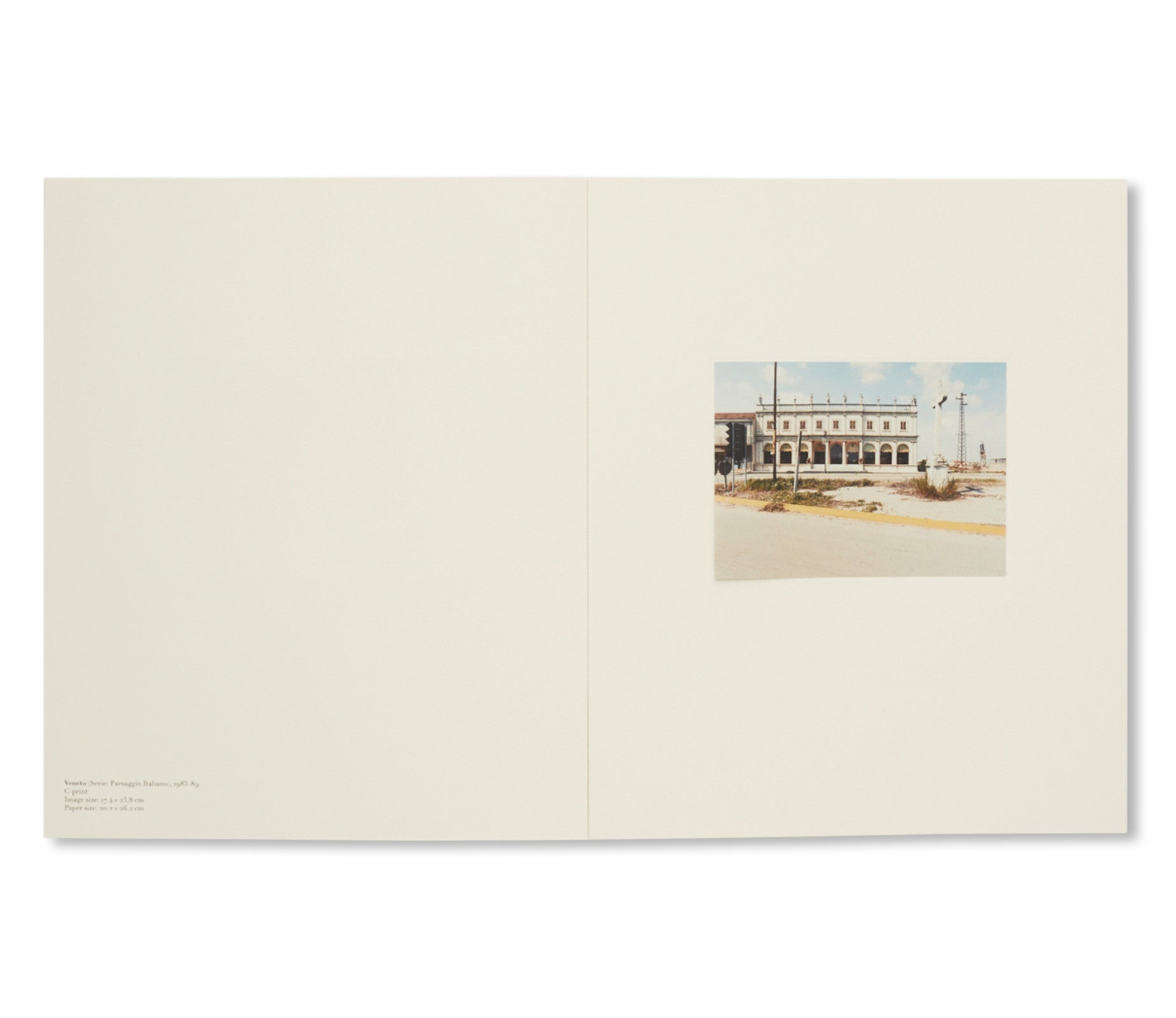
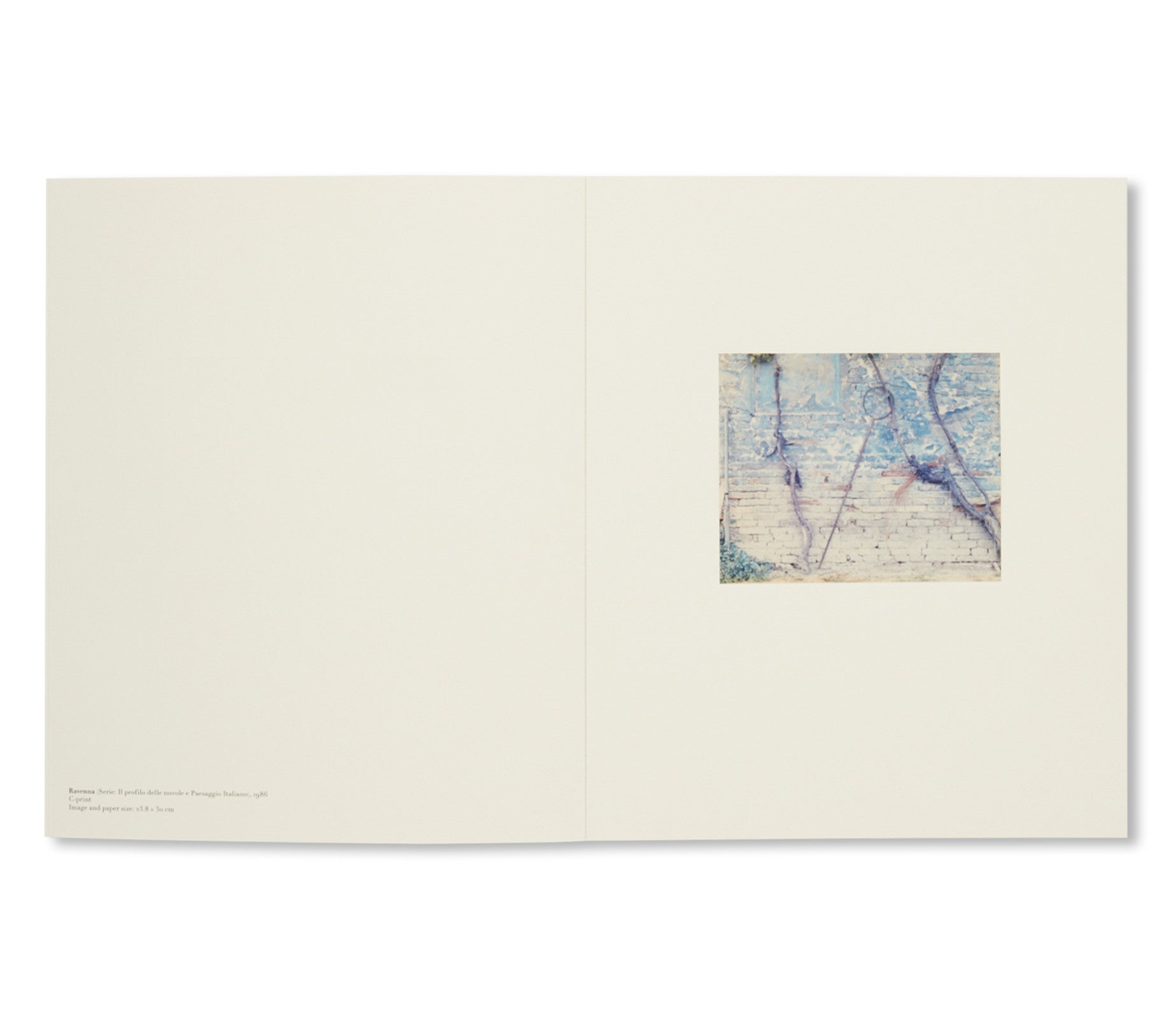
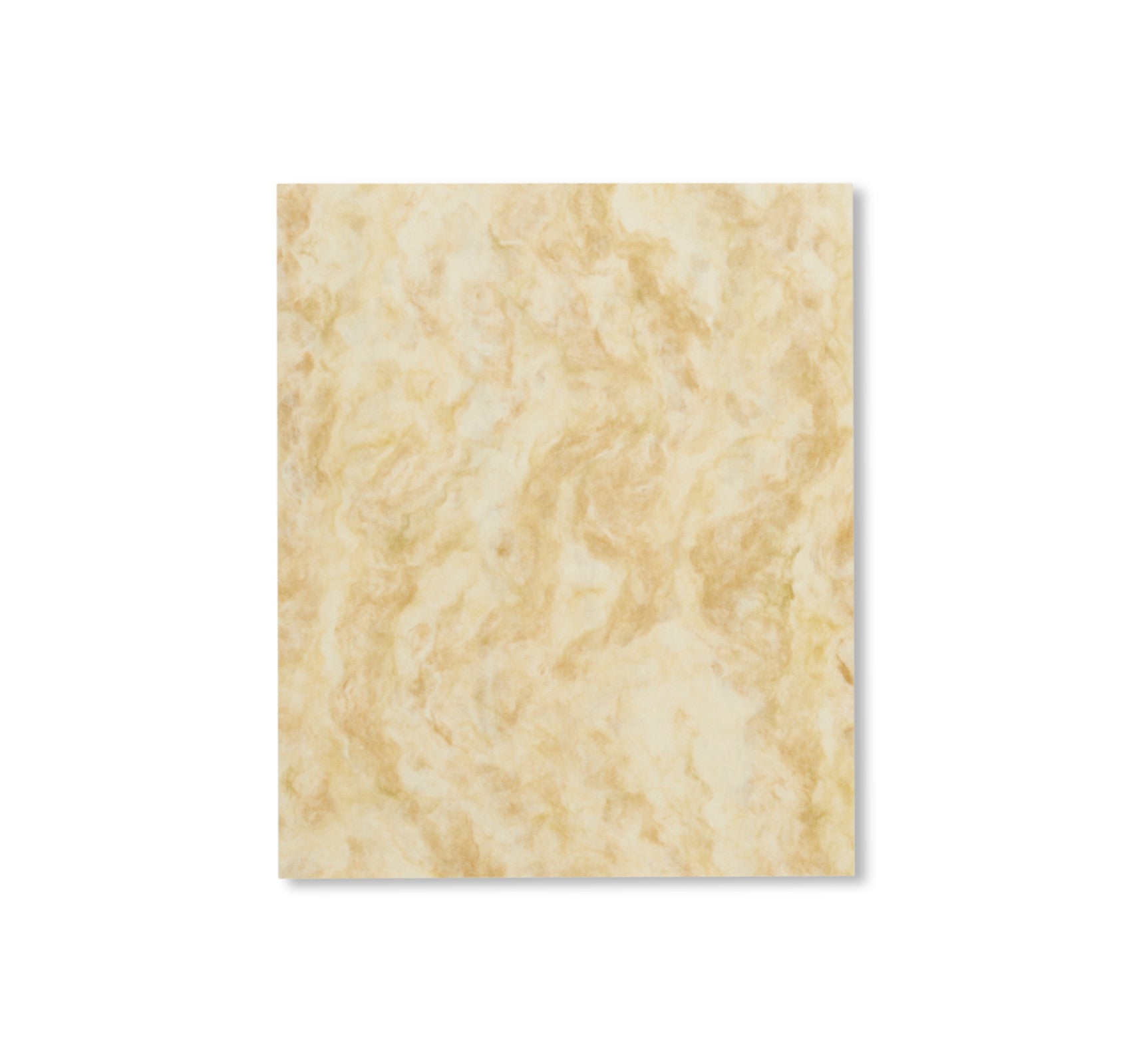

![CASA GHIRRI by François Halard [SIGNED]](http://twelve-books.com/cdn/shop/products/170920_3402_large.jpg?v=1571703962)
